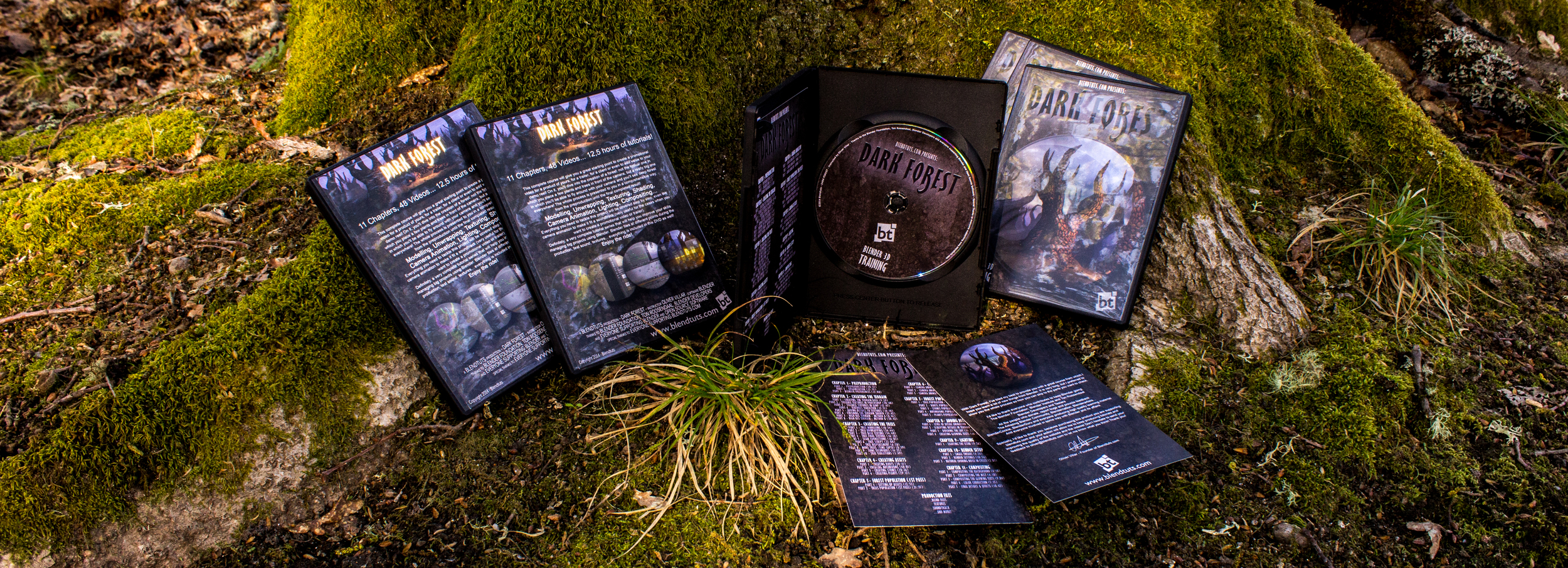
One book in the archive, for instance, is a bound collection of reports from surgeons aboard ships of the British Navy on the diseases they encountered, treatments and outcomes over 20 years. But the rare books and archives, mostly from the 18th and 19th centuries, form an important resource for scholars on what could be broadly termed the Atlantic medical world, covering diseases and conditions not only along the Southern coast, but into the Caribbean, Western Europe and West Africa as people and trade passed between them. The Waring is not a museum, and while it is open to the public, it is by appointment only. “The knowledge that was developed at that time hasn’t been lost,” he said. It’s called botanical therapy, or complementary medicine, or even Eastern medicine now. While that was 150 years ago, that work is still relevant today, Fors said. While originally a Confederate guide, Porcher republished it after the war as “Resources of the Southern Fields and Forests,” with the subtitle “Medical Botany of the Southern States.” Many of the Southern ports, including Charleston, were blockaded during the war, so outside supplies, including medicines, were hard to find.įrancis Porcher “develops and publishes alternatives to the medicines based on Southern plants because of the blockade,” Fors said.

He became a doctor, and during the Civil War, he joined the medical corps of the Confederate Army. Porcher’s son, Francis, would build on that. Of course, there was no pharmaceutical industry to draw from, so the people of that time would have used what they had, which was plants. The remedy includes cream of tartar and rhubarb, among others, with the instructions to “dose according to violence of dysentery.”

They would have drawn on that as well because of the uniqueness, the newness of the kinds of illness (they encountered).”įor instance, they would have likely faced a lot of dysentery, an intestinal illness from food or water contaminated by bacteria, which often results in bloody diarrhea. “And then there are also unknown, native indigenous peoples’ remedies for illnesses.

While Porcher would have drawn on her own experience, “usually in the enslaved population, there was a healer who had knowledge, and she would have likely learned from that person, as well,” he said. A 19th-century doctor might have visited infrequently, so, as the woman in charge, “she would have been responsible for the day-to-day treatment,” Fors said. The historical library houses rare books and special collections for the university, such as the Isabella Sarah Peyre Porcher Plantation Recipes and Prescriptions, the journal whose cover identifies it as coming from the Sarrazin Plantation in Berkeley County.


 0 kommentar(er)
0 kommentar(er)
